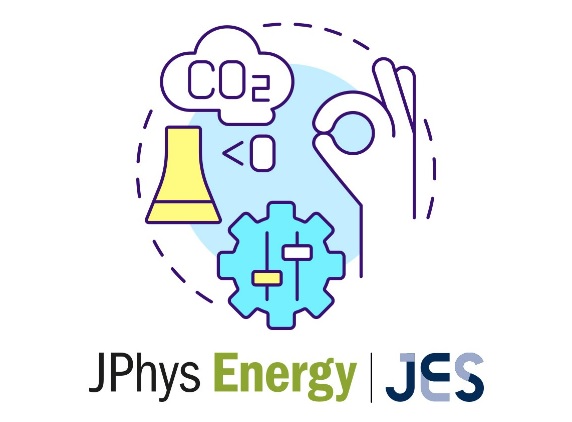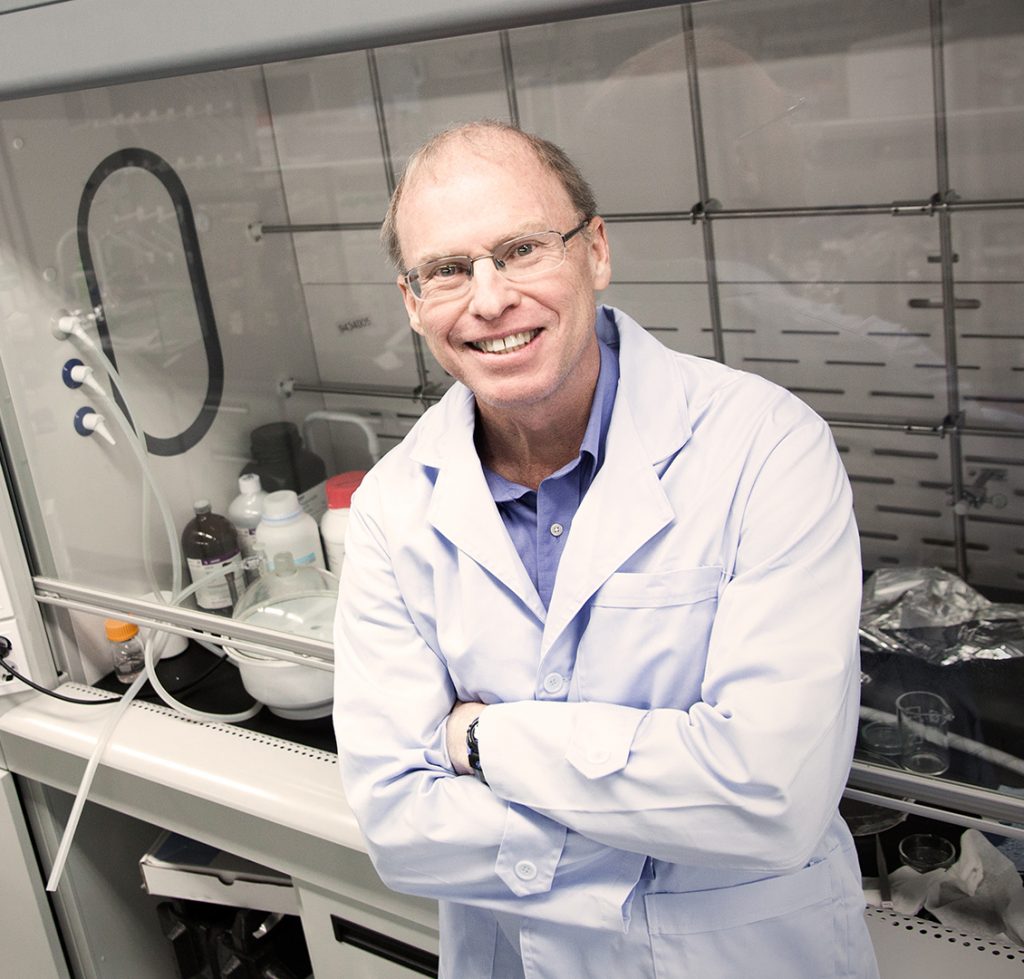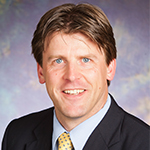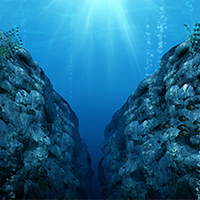 Guest Editors
Guest Editors
David E. Cliffel, Vanderbilt University, U.S.
Peter Holtappels, Karlsruher Institut für Technologie, Germany
Yun Jeong Hwang, Seoul National University, South Korea
Ifan Stephens, Imperial College London, UK
Xiao-Dong Zhou, University of Louisiana at Lafayette, U.S.
While society needs to approach or surpass net zero carbon emissions by 2050 if the planet as we know it is to survive, most of the low carbon technologies that we promote (such as electric vehicles) cannot achieve net zero when considered over their whole life cycle. It is, therefore, essential that these important low carbon technologies be augmented by technologies that consume more carbon than they emit over their lifetime. These are best termed “carbon negative technologies.”
This collaborative focus issue between JPhys Energy and Journal of The Electrochemical Society brings together researchers from the international community to showcase the latest research on carbon negative technologies, fostering the exchange of ideas and addressing global challenges and opportunities. (more…)






 New research sheds light on the effectiveness and value of carbon-pricing incentive programs.
New research sheds light on the effectiveness and value of carbon-pricing incentive programs. Scientists have turned wood into an electrical conductor by making its surface graphene.
Scientists have turned wood into an electrical conductor by making its surface graphene. Scientists have found that a common enzyme can speed up—by 500 times—the rate-limiting part of the chemical reaction that helps the Earth lock away, or sequester, carbon dioxide in the ocean.
Scientists have found that a common enzyme can speed up—by 500 times—the rate-limiting part of the chemical reaction that helps the Earth lock away, or sequester, carbon dioxide in the ocean. Scientists have found a way to make carbon both
Scientists have found a way to make carbon both